Light plays a crucial role in our daily lives, influencing not just our ability to see but also our sleep patterns. How exactly does light affect sleep? Scientists have found that our body’s natural sleep-wake cycle, known as the circadian rhythm, is significantly shaped by light exposure. Understanding this connection is essential for improving sleep quality and overall well-being.
This article explores the science behind light’s impact on sleep, the difference between natural and artificial light, and strategies to optimize light for restful sleep. We’ll also look at how light therapy can be used to address sleep disorders and improve overall health.
The Science of Light and Sleep
Light profoundly impacts our sleep patterns and general well-being by interacting with various biological processes in our bodies.
How Light Affects Circadian Rhythms

The circadian rhythm, our internal 24-hour clock, regulates physiological processes such as sleep-wake patterns. Light plays a significant role in synchronizing this rhythm with the external environment, particularly through the suprachiasmatic nucleus (SCN) in the hypothalamus. When light enters the eye, it is detected by specialized retinal cells called intrinsically photosensitive retinal ganglion cells (ipRGCs), which contain melanopsin, a photopigment highly sensitive to blue light. These cells send signals directly to the SCN, coordinating hormone release and body temperature regulation.
Exposure to light at different times affects circadian rhythms uniquely. Morning light advances our sleep-wake cycle, helping us feel more alert earlier in the day. Conversely, exposure to light—especially blue light from electronic screens—in the evening delays our internal clock, making it harder to fall asleep at night.
Melatonin’s Role in Sleep Regulation
Melatonin, known as the “sleep hormone,” signals to the body that it’s time to rest. The pineal gland produces melatonin in response to darkness, while light, particularly blue light, suppresses its production. In a natural light-dark cycle, melatonin levels begin to rise in the evening, peaking during the night and then decreasing as morning approaches. However, exposure to artificial light at night can disrupt this pattern, suppressing melatonin onset by 90 minutes and reducing overall production by up to 50%.
Impact of Blue Light on Sleep Quality
Blue light, with its short wavelength and high energy, has a particularly strong influence on sleep patterns by suppressing melatonin production and increasing alertness. Studies show that evening blue light exposure can delay the onset of REM sleep, reduce slow-wave sleep, and decrease overall sleep duration, leading to issues such as fatigue and morning grogginess. Blue light exposure before bed has also been associated with longer sleep onset times and reduced morning alertness.
Natural vs. Artificial Light
Benefits of Natural Daylight Exposure

Natural daylight is critical for maintaining our circadian rhythm and overall mental health. Morning sunlight exposure can help reset our biological clock, enhancing our ability to fall asleep at night. Studies suggest that even brief exposure to morning light can significantly improve sleep quality, helping individuals wake up more refreshed and maintaining balanced circadian rhythms.
Effects of Artificial Light at Night
Artificial light at night can disrupt our body’s natural rhythms, making it challenging to fall asleep. This effect is particularly strong with blue-enriched light, such as that from LED lights and electronic devices, which is known to suppress melatonin production. Chronic exposure to artificial light at night can increase the risk of sleep disorders, depression, obesity, and heart-related illnesses.
To combat the impact of artificial light, experts recommend reducing screen time an hour or two before bed, using dimmer lighting, or choosing warm-light options like orange or red lights in the evening.
Optimizing Light for Better Sleep
Creating a sleep-friendly environment involves strategic light exposure throughout the day and managing light intensity at night.
Creating a Sleep-Friendly Lighting Environment

A dark, quiet bedroom is optimal for sleep, as light at night can disrupt melatonin production and impact sleep quality. Blackout curtains effectively block out external light, while dimmable lights allow for customizable brightness in the evening. A “night mode” feature on smartphones and other devices can reduce blue light, making it less disruptive to sleep patterns.
Using Red Light Therapy for Improved Sleep
While blue light disrupts melatonin production, red light may have benefits for sleep quality. Red light therapy involves low-level exposure before bedtime and may improve sleep duration without significantly impacting circadian rhythms.
Timing Your Light Exposure for Better Sleep
The timing of light exposure plays a vital role in regulating circadian rhythms and promoting quality sleep. Morning light, especially natural sunlight, helps set your internal clock, making it easier to fall asleep in the evening. Spending time outdoors or near a window early in the day can synchronize your body’s sleep-wake cycle with the natural day-night rhythm.
In the evening, minimizing light exposure is equally important to support restful sleep. Here are some ways to optimize evening light:
- Limit screen time at least two hours before bed, as screens emit blue light that can interfere with melatonin production.
- Use dim, warm lighting in the evening to signal to your body that it’s time to wind down.
- Consider blue light filters if you must use devices, as they reduce the impact of artificial light on your sleep.
By carefully timing your light exposure, you can create a supportive environment for your body’s natural rhythms, improving both sleep quality and overall well-being.
Light Therapy for Sleep Disorders
Light therapy is a non-invasive approach to managing sleep disorders and enhancing circadian rhythms by providing timed exposure to specific light types.

Treating Insomnia with Light Therapy
For individuals with insomnia, light therapy may offer relief by resetting the body’s sleep-wake cycle. Sessions typically involve sitting in front of a 10,000 lux light box for 20 to 30 minutes each morning. This treatment can adjust the timing of melatonin release, potentially improving sleep quality over time.
Managing Circadian Rhythm Disorders
Circadian rhythm disorders, such as delayed sleep phase syndrome, can disrupt normal sleep schedules. Morning light exposure can help those with delayed sleep onset gradually shift to earlier bedtimes and wake times. Conversely, evening light therapy may benefit those with advanced sleep phase syndrome by pushing back the body’s natural sleep onset.
Light Therapy for Seasonal Affective Disorder
Seasonal Affective Disorder (SAD), a type of depression that occurs during shorter daylight months, often benefits from light therapy. Morning light exposure can help reset circadian rhythms affected by the lack of sunlight, with studies indicating that light therapy can be as effective as medication or psychotherapy for many patients.
Conclusion
The connection between light and sleep is integral to our overall health. By understanding how light affects circadian rhythms and melatonin production, we can make informed decisions to enhance our sleep quality. Creating a sleep-friendly environment and using light therapy for managing sleep disorders can lead to better sleep patterns and improved health.
For a calming nighttime atmosphere, consider incorporating a galaxy projector, which emits soft light that creates a soothing ambiance for relaxation and sleep. By aligning our light exposure with the body’s natural rhythms, we can support a restful night’s sleep and enhanced well-being.
FAQs
-
How does leaving lights on impact sleep?
Leaving lights on at night can disrupt the body’s natural circadian rhythm and reduce sleep quality. Artificial lights, particularly those emitting blue light, suppress melatonin production and affect the sleep-wake cycle. -
What color of light is most conducive to sleep?
Red light is considered ideal for sleep as it minimally impacts melatonin production, promoting a more restful night. -
Does screen time before bed influence sleep quality?
Yes, screens emit blue light that disrupts sleep by delaying melatonin production. Using night mode settings or limiting device use before bed can reduce this effect. -
Why do some people feel sensitive to light while sleeping?
Light sensitivity during sleep can be due to heightened melatonin suppression. For individuals with delayed sleep-wake phase disorder, exposure to any light can delay sleep onset.


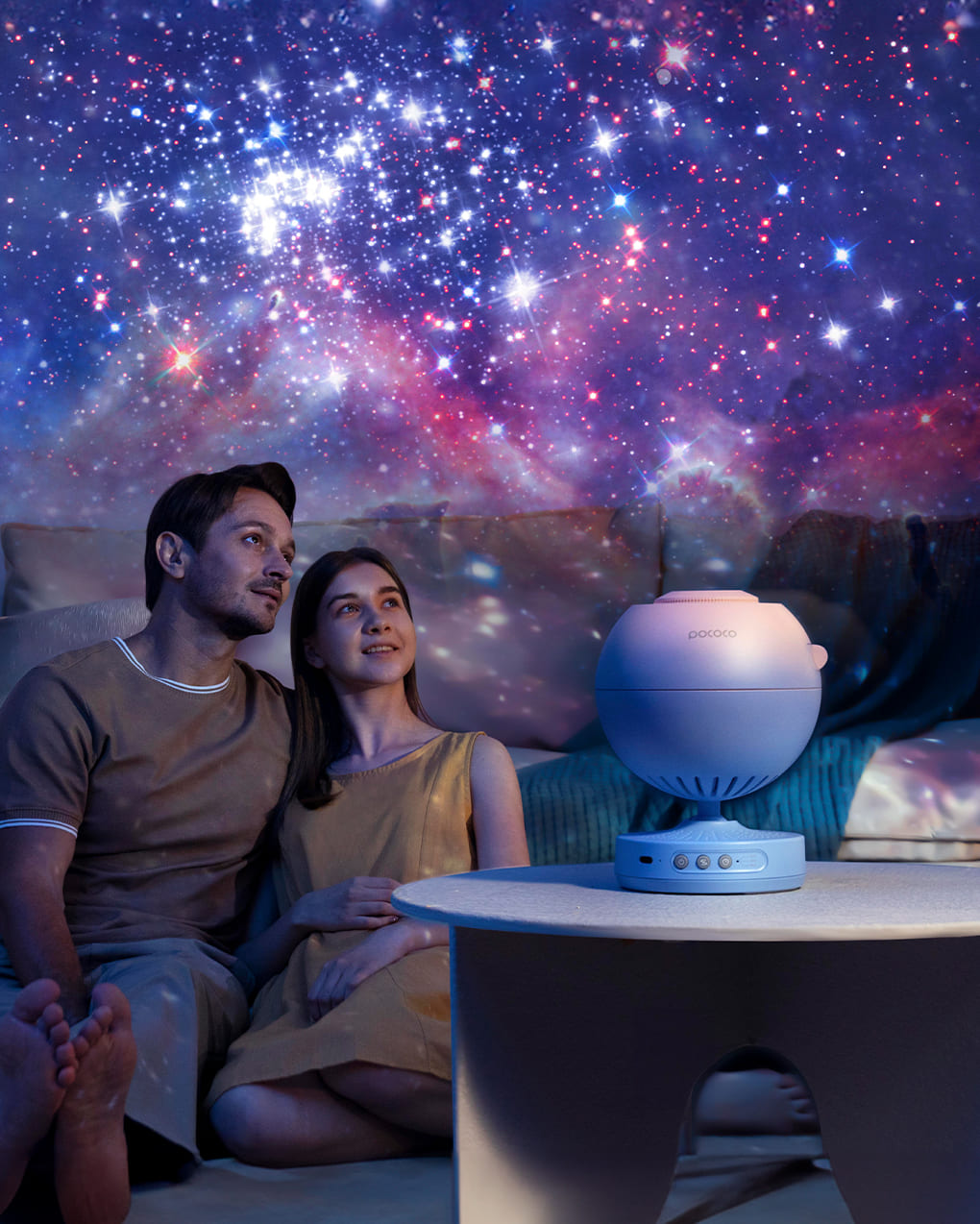
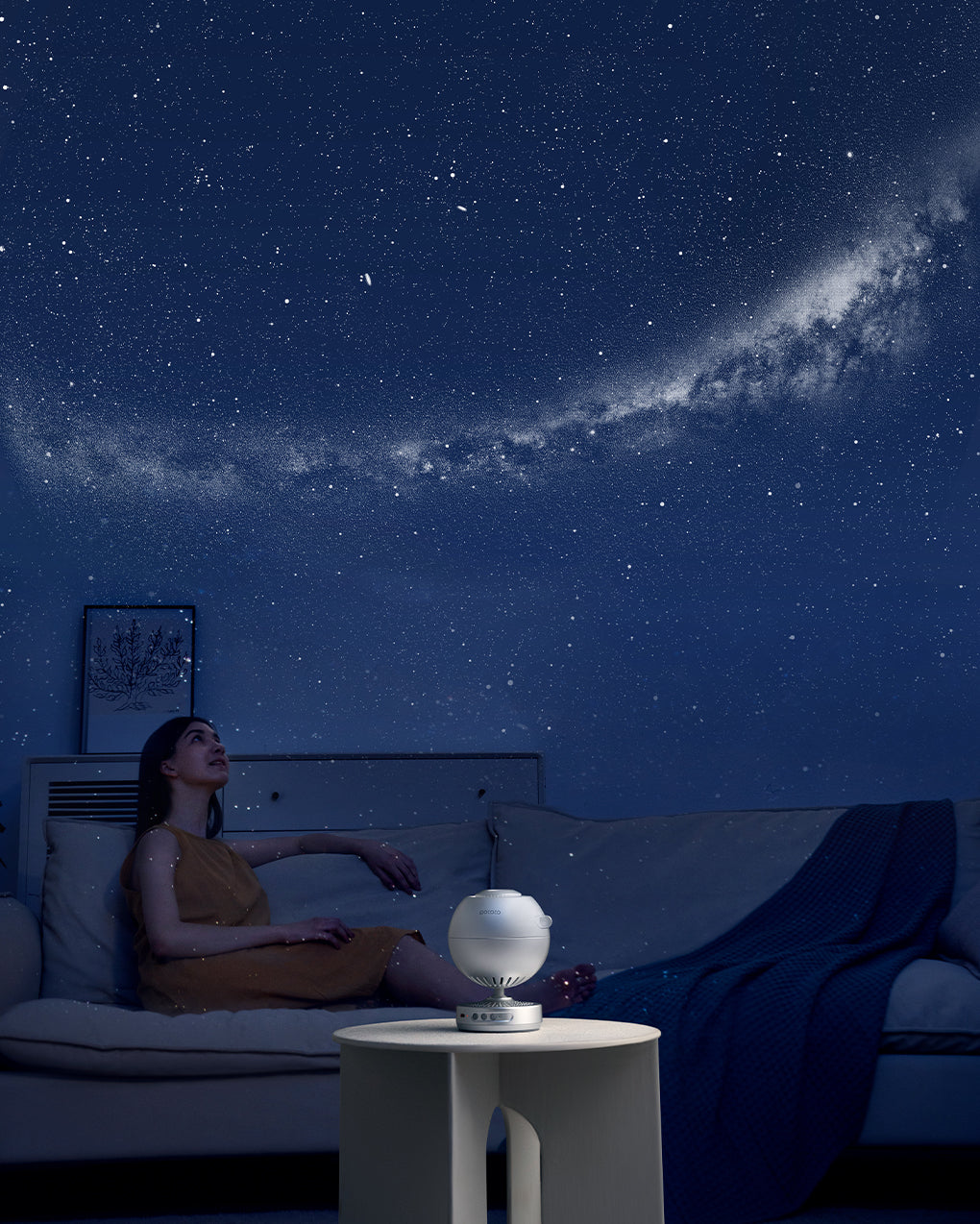





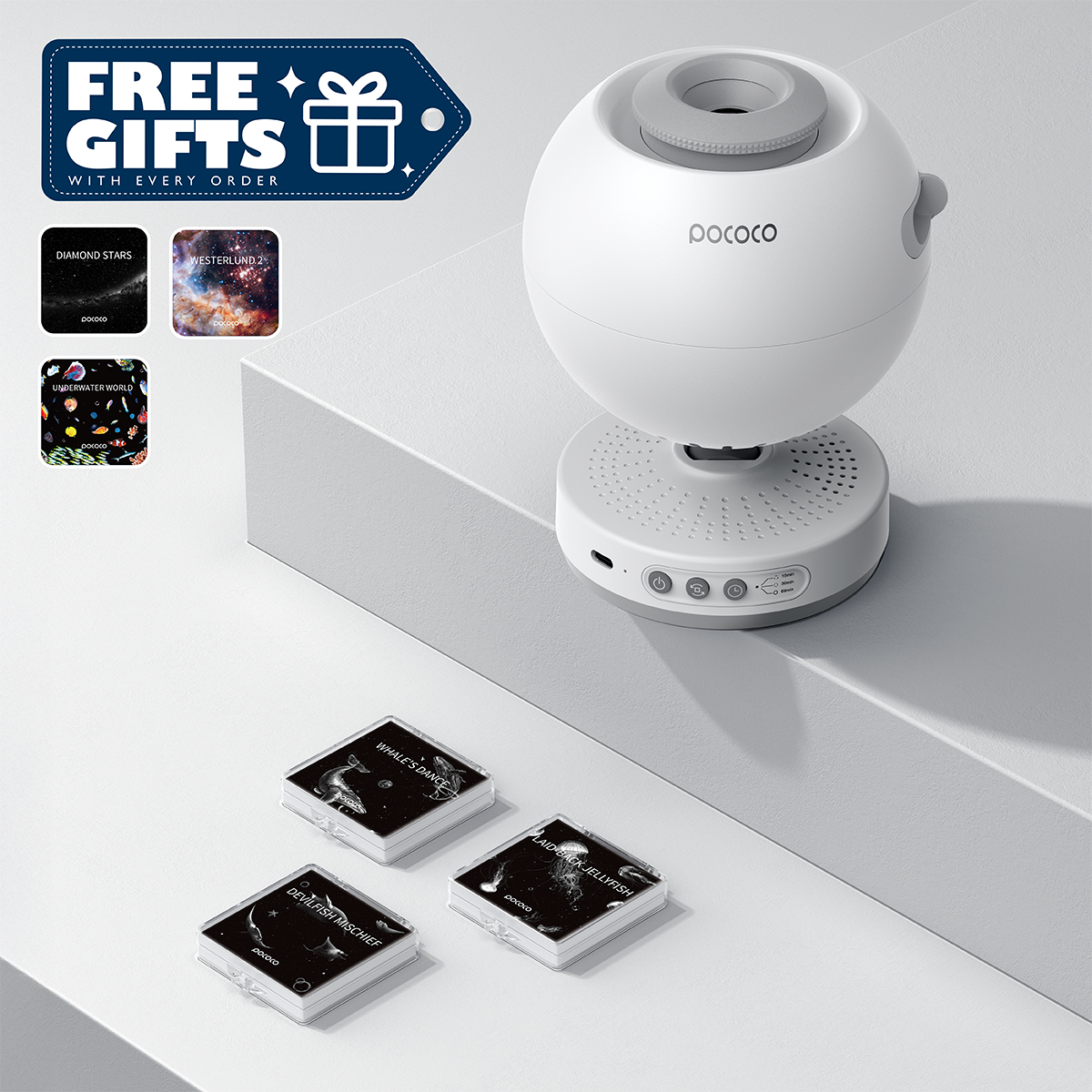

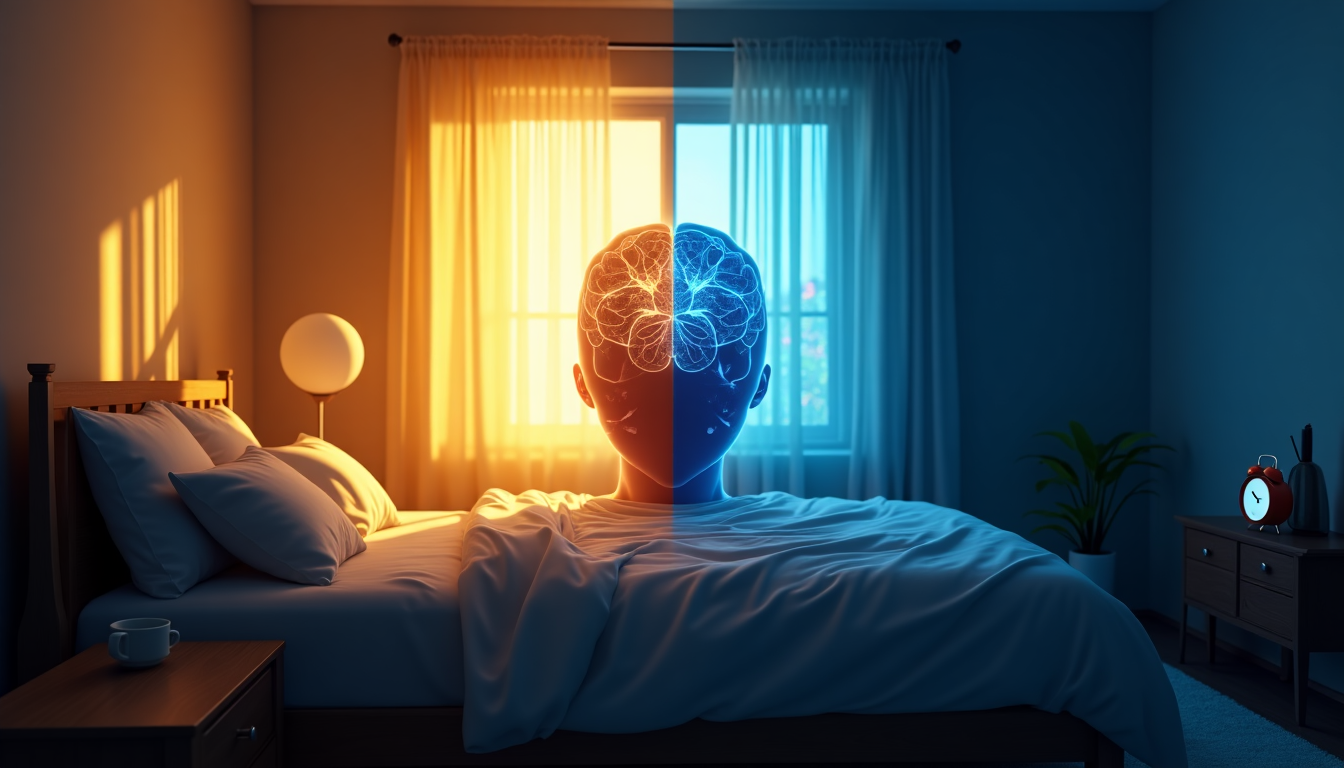

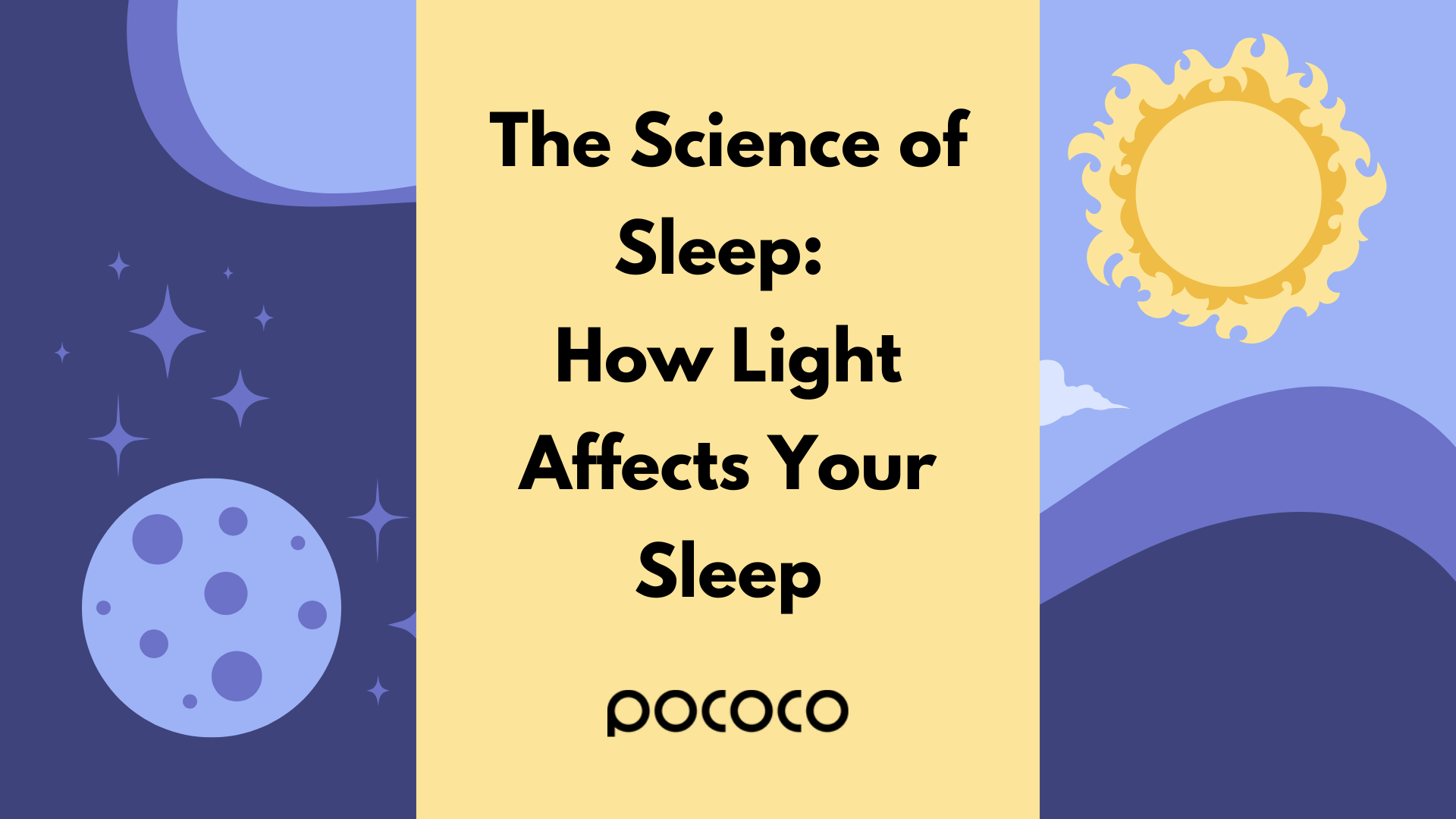
Dejar un comentario
Todos los comentarios se revisan antes de su publicación.
Este sitio está protegido por hCaptcha y se aplican la Política de privacidad de hCaptcha y los Términos del servicio.